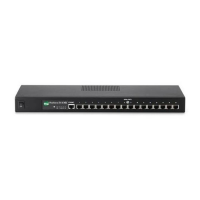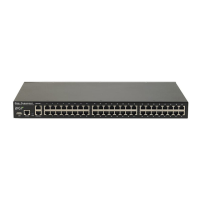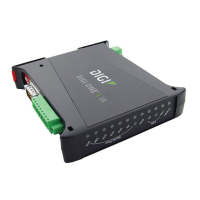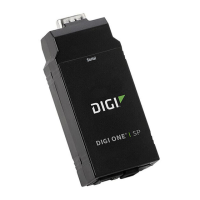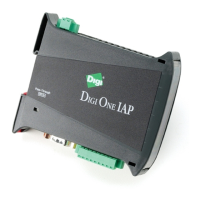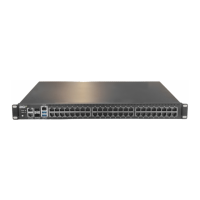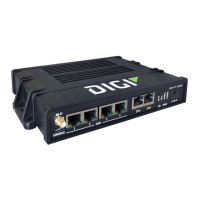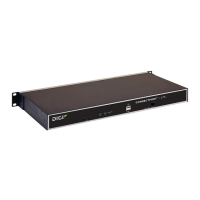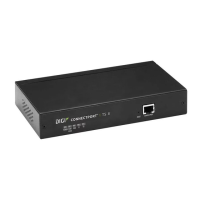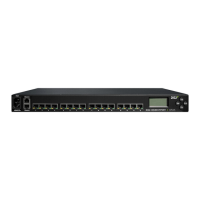Page 114 Configuring WAN Connections 90030500B
How ports are used
When a connection is requested, the outgoing port is opened and initialized using the
configured port settings.
You can configure a script which, when executed, changes the port settings to 8 data
bits, 1 stop bit, no parity, and no software flow control. The script may then optionally
set different port settings for baud rate, flow control, parity and stop bits. The changed
baud settings remain in effect after the script has been executed.
SLIP and PPP connections also use 8 data bits, 1 stop bit, and no parity. Software flow
control is not used for SLIP; however, you can enable it for PPP with the
set
flow
command. Use the default software flow control characters (0x11, 0x13) and the asyn-
chronous transparency set to
000a0000
. Hardware flow control can be used with
either SLIP or PPP, and is recommended.
Configuring outgoing connections
1. Create any dialer and login scripts that will be used by your modem or other con-
nection device. Any script
must
be configured before you create the device. See
Chapter 9, Configuring Modem Connections
for detailed information.
set device name=vfast dialer=vfastscript ports=4
2. Configure the PortServer II port that will originate the outgoing connection
requests, by entering a command similar to the following:
set ports dev=<value> range=<value>
dev=<value>
specifies the device type used for the connection; the most
frequently used option is
mio
(modem for both input and output).
For example:
set ports dev=mio range=4
Note:
The
set ports
command includes options that set autoconnection and
modem parameters. For more information on these and additional details
on the options described above, refer to
set ports
in the
Command
Reference Guide
.
3. Configure the required network options for the user, by entering a command
similar to the following:
set user name=<username> IpAddr=<ipaddress> IpMask=<ipmask>
LocalIpAddr=<local_ip_address> Device=<device_name>
Dialout=on NetRouting=<option> Protocol=<protocol>
